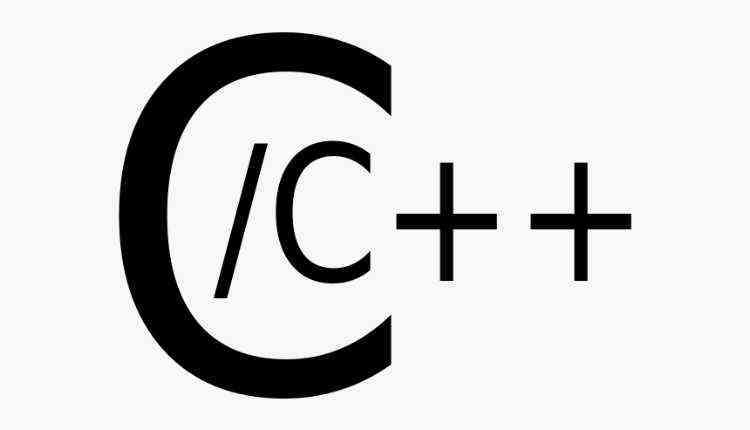
See more

What is C language?
What Does C Programming Language (C) Mean? C is a high-level and general-purpose programming language that is ideal for developing firmware or portable applications. Originally intended for writing system software, C was developed at Bell Labs by Dennis Ritchie for the Unix Operating System in the early 1970s.
What is C full form?
In the real sense it has no meaning or full form. It was developed by Dennis Ritchie and Ken Thompson at AT&T bell Lab. First, they used to call it as B language then later they made some improvement into it and renamed it as C and its superscript as C++ which was invented by Dr.
What is C language in English?
The C programming language is a low-level (close to the computer) computer programming language that was developed to do system programming for the operating system UNIX and is an imperative programming language. C was developed in the early 1970s by Ken Thompson and Dennis Ritchie at Bell Labs.
Why is C so popular?
The C programming language is so popular because it is known as the mother of all programming languages. This language is widely flexible to use memory management. C is the best option for system level programming language.
Who invented C language?
Dennis RitchieC / Designed byDennis MacAlistair Ritchie was an American computer scientist. He is most well-known for creating the C programming language and, with long-time colleague Ken Thompson, the Unix operating system and B programming language. Wikipedia
Where is C used?
C programming language is a machine-independent programming language that is mainly used to create many types of applications and operating systems such as Windows, and other complicated programs such as the Oracle database, Git, Python interpreter, and games and is considered a programming foundation in the process of ...
What is difference between C and Python?
Python is an interpreted, high-level, general-purpose programming language. C is a general-purpose, procedural computer programming language. Interpreted programs execute slower as compared to compiled programs. Compiled programs execute faster as compared to interpreted programs.
What is difference between C and Java?
C is a compiled language that is it converts the code into machine language so that it could be understood by the machine or system. Java is an Interpreted language that is in Java, the code is first transformed into bytecode and that bytecode is then executed by the JVM (Java Virtual Machine).
Is C easy to learn?
Which programming language is easy to learn? C and C++ are both somewhat difficult to learn to program well. However, in many respects, they share many similarities with many other popular languages. In that sense they're just as easy (or as difficult) to learn, at first, as anything other programming language.
Is Python built on C?
Python is written in C (actually the default implementation is called CPython).
Is Java written in C?
The very first Java compiler was developed by Sun Microsystems and was written in C using some libraries from C++. Today, the Java compiler is written in Java, while the JRE is written in C.
Is C++ better than C?
Compared to C, C++ has significantly more libraries and functions to use. If you're working with complex software, C++ is a better fit because you have more libraries to rely on. Thinking practically, having knowledge of C++ is often a requirement for a variety of programming roles.
Overview
C or Do is the first note of the C major scale, the third note of the A minor scale (the relative minor of C major), and the fourth note (G, A, B, C) of the Guidonian hand, commonly pitched around 261.63 Hz. The actual frequency has depended on historical pitch standards, and for transposing instruments a distinction is made between written and sounding or concert pitch. It has enharmonic equivalents of B♯ (B-sharp) and D (D-double flat), amongst others.
Frequency
Historically, concert pitch has varied. For an instrument in equal temperament tuned to the A440 pitch standard widely adopted in 1939, middle C has a frequency around 261.63 Hz (for other notes see piano key frequencies). Scientific pitch was originally proposed in 1713 by French physicist Joseph Sauveur and based on the numerically convenient frequency of 256 Hz for middle C, all C's being powers of two. After the A440 pitch standard was adopted by musicians, the Acou…
Octave nomenclature
Middle C (the fourth C key from left on a standard 88-key piano keyboard) is designated C4 in scientific pitch notation, and c′ in Helmholtz pitch notation; it is note number 60 in MIDI notation.
While the expression Middle C is generally clear across instruments and clefs, some musicians naturally use the term to refer to the C note in the middle of their specific instrument's range. C4 may be called Low C by someone playing a Western concert flute, which has a higher and narrow…
Designation by octave
Note that for a classical piano and musical theory, the middle C is usually labelled as C4; However, in the MIDI standard definition (like the one used in Apple's GarageBand), this middle C (261.626 Hz) is labelled C3. In practice, a MIDI software can label middle C (261.626 Hz) as C3-C5, which can cause confusion, especially for beginners. The frequencies given in this table are based on the standard that A=440Hz and with equal temperament
Scales
• C major: C D E F G A B C
• C natural minor: C D E♭ F G A♭ B♭ C
• C harmonic minor: C D E♭ F G A♭ B C
• C melodic minor ascending: C D E♭ F G A B C
See also
• Piano key frequencies
• A440 (pitch standard)
• C major
• C minor
• Root (chord)